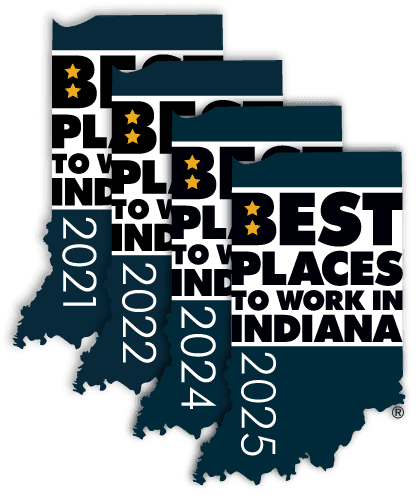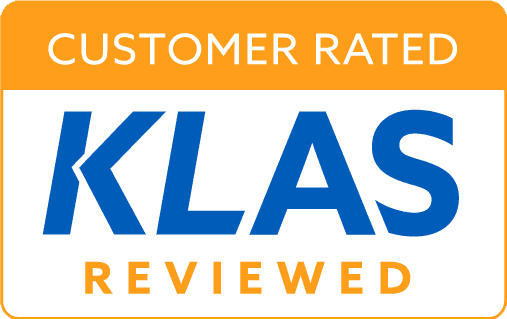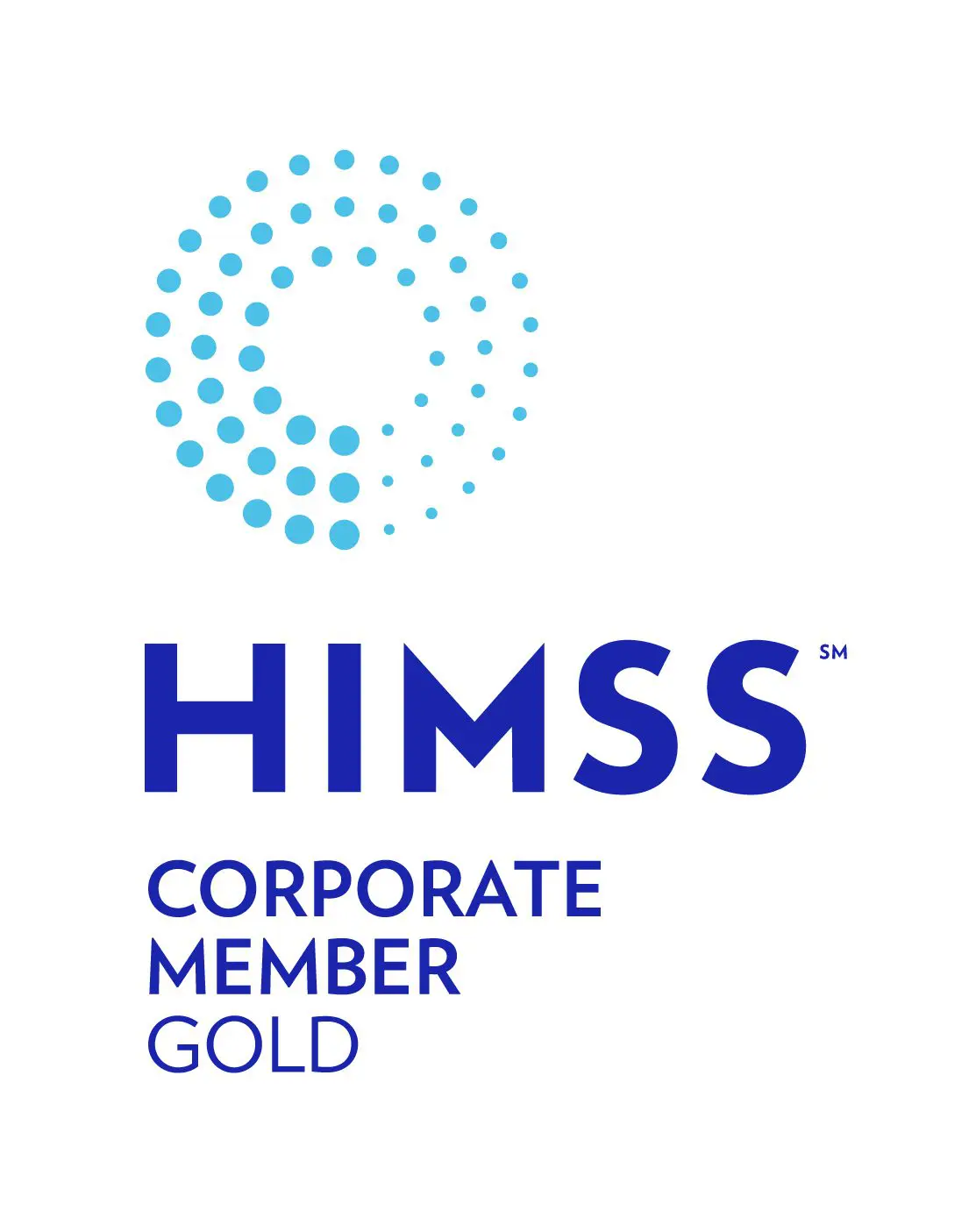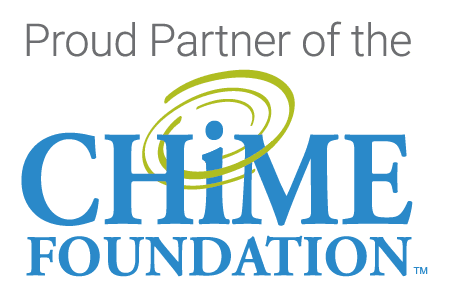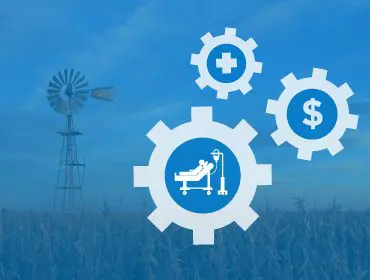
Funding is Tight
The big picture for rural hospitals is that most were cash strapped prior to the COVID-19 pandemic, which further amplified the challenges of a dwindling population, increased reliance on outpatient care, excessive travel distances for patients and health professional shortages. While special financial assistance helped prevent most rural hospital closures in 2021 (only two rural hospitals closed during that year), the expiration of that aid requires swift and smart action.
Technology is key for rural healthcare success at Singing River Health System in Mississippi
Enhancing patient care by driving technology improvements and implementations is how one rural health system is making a positive impact on its patients, clinicians, and communities it serves.
“When you lead information systems for a healthcare provider, you are more than an IT professional,” explains Kory Hudson, Director of Information Systems & Health Information Management at Singing River Health System in Mississippi. Hudson refers to hospital patients as “guests” and the role his 120-person IT team plays as “providing the best technology and the best services with no interruptions.”
This approach helped with the large Epic® electronic health record (EHR) installation which reduced paper records by 90 percent and brought more than $2 million in savings, primarily from consolidating and archiving protected health information and previous business records that were spread across multiple legacy systems.
Read the American Healthcare Leader article: Kory Hudson Uses Data as a Differentiator.
Prepare for the future with out-of-the-box thinking and smart planning
While rural hospitals and small acute care facilities do face challenges, there are opportunities to survive and even thrive by adapting to a market-based, patient-centered approach that provides real value to patients and other stakeholders. By embracing transparency, increased accountability and a consumer-centered model for health care, rural hospitals can provide higher-quality care at a lower cost.
Collaboration and Cost Sharing are Key
Perhaps one of the most important roles rural hospitals can play is with managing population health. It is becoming more and more important for the EHR to become the CHR – Comprehensive Health Record – which combines data points on a patient’s emotional state, sleep patterns, family dynamics and other key factors that contribute to overall health. This information and care delivery that often is a part of the rural healthcare experience is gaining popularity for contributing to overall improvements in patient outcomes.
Many remote hospitals are finding new and innovative ways to survive. Rural hospitals are forming accountable care organizations, creating patient-centered medical homes, and launching initiatives to improve the health of their communities. As those who live miles from their closest neighbor know, working together can mean survival, and few know it better than rural hospital CEOs.
Accessible Archive Provides Complete Patient Narrative and Cost Savings
One of the easiest steps forward in cost savings and technology leadership for a rural hospital CIO is to create a solid long-term plan for legacy EHR and/or ERP systems. Often, legacy systems are left operating in read-only format, creating technical vulnerability, and running up unnecessary charges.
It is important to comply with record retention regulations. That requires a HIPAA-compliant medical data storage solution that can secure records for the long-term — typically anywhere from seven to 25+ years based on state mandates. That’s a long time to keep a replaced billing, human resources or EMR system up and running in tandem with new system – especially if there happens to be more than one legacy system.
Servers age. Software applications must be maintained with the latest upgrades. Users who know how to navigate the old system may leave for a new job. For these and other reasons, the legacy system poses risk, not to mention cost and labor burden. Should release of information be required to fulfill a request from a patient, lawyer, employer, payer, or auditor; the patient clinical and financial history must be secure, accessible, discoverable, and easy to share in a HIPAA-compliant format.
To avoid risk and to be compliant with record retention mandates, legacy system decommissioning and data archival are important components of any system replacement. Affordable yet secure solutions exist for rural hospitals to extract data from a retired application and migrate it into an electronic archive. This transition of PHI from a full production system into a more static yet HIPAA-compliant, browser-based relational database allows the hospital to:
- stop paying software maintenance to the legacy vendor
- remove the aging server from its technical infrastructure
- ensure that historical records are consolidated and accessible in a viewer that is easily accessible over time as employees come and go
- comply with record retention regulations
We can help your rural hospital or acute center create a systemized plan to archive the legacy EHR or ERP that exists in numerous data silos across your organization.
A solid legacy data archive can be a smart step forward in managing historical patient and operational data well into the future. It offers compliance with the numerous local, state, and national regulations and a single, easy to use solution for historical information. As healthcare systems streamline their go-forward systems, so too should they streamline their archiving systems to support easy and efficient record retrieval.
We use a variety of sources for information as well as what we know from our own experience of extracting, converting, migrating, and retaining records from over 550 clinical, financial, and administrative software brands commonly used in healthcare delivery organizations. Our focus in managing data exclusively for the healthcare industry helps us to pioneer and deliver outstanding HITRUST CSF®-certified cloud-based storage solutions – HealthData Archiver®™, HealthData AR Manager®, and HealthData Locker™ with options to enable stored data for interoperability with HealthData Integrator®.
If your rural facility has questions about the most effective and economical means for healthcare information archiving, contact Harmony Healthcare IT.

